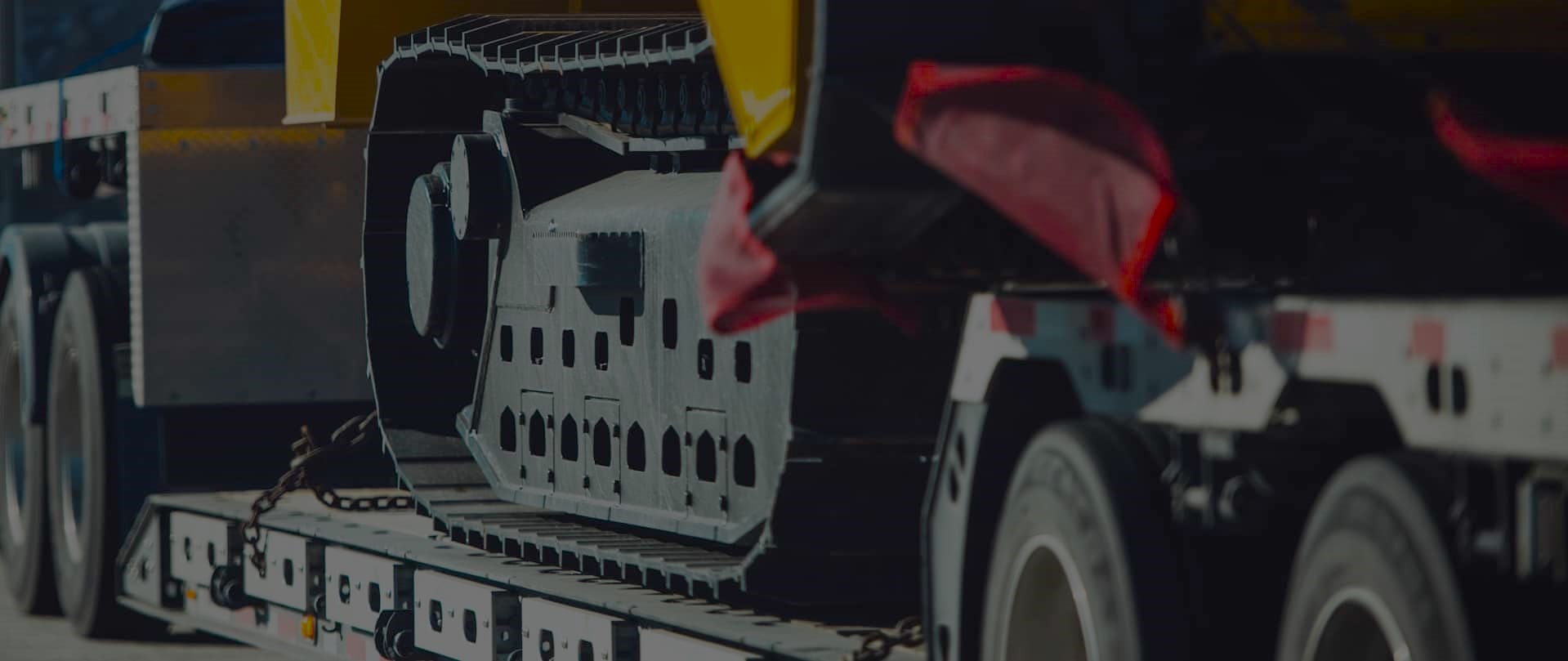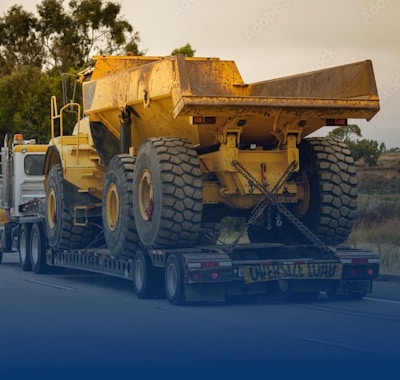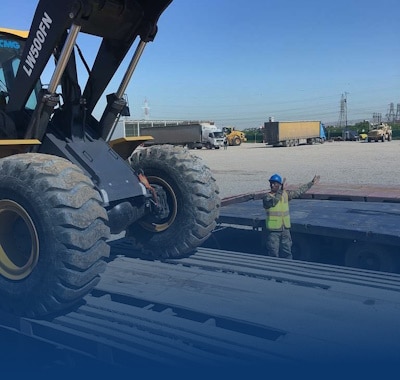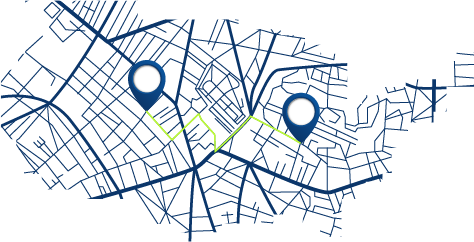Top Southeast Bottlenecks for Oversize Freight Route Planning
Freedom Heavy Haul can offer expedited Pickup and Delivery for any size shipment anywhere in the USA. Contact us today for No Hassle, No Pressure Pricing.
This guide opens with what counts as an oversized load and why that matters. Accurate dimensions, weight and equipment details shape permits and move approvals across every state line.
Infrastructure limits like low bridges, narrow shoulders, and local limits often change the chosen route. Season, construction, and curfews add timing and safety pressures that affect drivers and escort teams.
Marine transport can ease permits, cut traffic delays, and carry larger cargo more efficiently. Yet on-land moves still need surveys, multi-jurisdiction permits, pilot cars, and clear communication with your team.
Read on to learn practical checks—confirm load height, weight, and equipment early; plan windows that respect hours and traffic; and set a real-time update process. These steps reduce surprises and keep your vehicle and crew safe.
Why the Southeast Creates Unique Challenges for Oversized Loads
Urban growth and heavy port traffic create narrow margins when moving large loads. Dense metros and port corridors concentrate vehicles, short merges, and tight turns that test drivers and escorts. Early route planning helps avoid predictable pinch points and costly delays.
High-traffic metros and port corridors that squeeze wide loads
Hubs like Atlanta, Jacksonville, Tampa, Miami, Charlotte, and Nashville push more traffic onto the same interchanges. Port approaches often have tight radii, frequent intermodal crossings, and short merge lanes that complicate long equipment moves.
Seasonal construction, storms, and curfews that complicate timing
Local restrictions and curfews can ban travel during rush hours, nights, or events. Seasonal construction and hurricane-season weather introduce sudden detours and road closures that create unexpected delays.
- State and local rules may change permit windows and escort requirements inside short distances.
- Weight, height, and geometry limits can force alternate routes or extra pilot vehicles to keep safety levels high.
- Model alternate routes and add time buffers to absorb weather and incident-driven delays.
Confirm Oversized Load Dimensions and Equipment Needs Before You Plan
Start with exact measurements. Accurate numbers drive every permit, trailer choice, and clearance check. Use calibrated tools and current specs to avoid rounding errors that can force new approvals or alternative configurations.
Width, height, length, and weight: thresholds that trigger permits
Common thresholds include width over 8 feet 6 inches, height over 13 feet 6 inches (varies by state), length beyond 53 feet, and gross vehicle weight above 80,000 pounds. Log these figures early and confirm them against local limits.
Trailer selection and securement points for heavy equipment and wide loads
Document securement points and center of gravity so you can pick the right trailer type—lowboy, extendable flatbed, or multi-axle carrier. Verify winches, chains, binders, and dunnage match the load surface and anchor locations.
- Validate over-height clearances with bridges, signals, and utilities.
- Check axle groupings if weight exceeds 80,000 pounds.
- Run a paper route survey to flag conflicts before a physical drive-through.
| Measurement | Common Threshold | Action |
|---|---|---|
| Width | > 8 ft 6 in | Apply permit; choose escort level |
| Height | > 13 ft 6 in | Check bridges and utilities |
| Length | > 53 ft | Select extendable trailer |
| Gross weight | > 80,000 lbs | Plan axle spreads; confirm state limits |
“Lock dimensions and securement details before you bid or schedule.”
Top Southeast bottlenecks for oversize freight route planning
Real-world obstacles can force last-minute reroutes. Narrow corridors, aging overpasses, and temporary work zones often change which paths remain viable. Address these hazards early to protect the load and crew.
Low bridges, narrow roads, and weight-restricted segments
Low-clearance bridges and older overpasses dictate choices on older urban cores and secondary connectors. A single underpass can eliminate a long mapped path.
Weight limits on local links and aging bridges may require long detours that add miles, permits, and time.
Urban pinch points, event zones, and school or rush-hour restrictions
Pinch points near stadiums, convention centers, and schools create curfews and travel windows. Peak traffic times can make moves unsafe or illegal without an approved window.
Pilot cars and escorted moves are common at complex interchanges where lane control and public warning matter most.
Spring thaw limits, work zones, and hurricane-season detours
Seasonal work zones change weekly and can remove turning room needed for long combinations. Spring thaw rules may add temporary weight limits on local roads.
During hurricane season, pre-approved inland detours and backup plans keep a project moving when coastal corridors close.
“Address these bottlenecks early to avoid last-minute delays, prevent unsafe maneuvers, and keep the freight protected across every leg.”
- Expect low-clearance structures to rule out many inner-city streets.
- Narrow historic roads can force temporary traffic control or lane closures.
- Confirm state-level restrictions on each segment and keep a secondary plan ready.
How to Run a Route Survey That Catches Hidden Risks
A hands-on survey uncovers hazards mapping tools can miss and prevents costly surprises on the day of the move. Use field checks to verify dimensions, clearances, and staging before permits are finalized. This simple step ties your digital plan to real road conditions and protects equipment and crew.
Physical surveys: clearances, overhead wires, tree limbs, and slope grades
Conduct a drive-through or walk-through to confirm height clearances and note any tree limbs, wires, or signal heads that could interfere with the load. Measure and photograph tight spots so permit officers see exact conditions.
Check slope grades, crown, and soft shoulders that might tilt equipment or reduce traction during low-speed turns and climbs. Identify bridges, manholes, or rail crossings where deck deflection or uneven surfaces could threaten securement or exceed practical height limits.
Using mapping tools and real-time inputs to model safer routes
Pre-model the path with mapping software, then layer live traffic, weather, and construction feeds to adjust. Confirm lane widths at turns and merges and note bollards, curb extensions, or temporary barriers that squeeze your path.
- Staging and pull-off options: mark safe spots for inspections, pilot coordination, or stops without blocking lanes.
- Utility coordination: contact local public works when temporary lifts or removals are needed and build in lead time for approvals.
- Documentation: tie survey findings into permits and brief the team with photos, measurements, and turn-by-turn notes to support clear communication with pilot support.
- Re-survey: repeat checks if the load changes, the schedule shifts, or new work zones appear to maintain safety margins.
“Field surveys make digital plans reliable and keep the load moving safely.”
Permits, Regulations, and Escort Requirements Across Southern States
Understanding each agency’s process turns a complex clearance into a predictable checklist. Every city, county, and state applies unique permits and regulations that affect how a large load moves. Plan to verify dimensions, weight, and axle spacing against each jurisdiction’s requirements.
Multi-jurisdiction permitting: city, county, and state coordination
Map your permit path early and align details with local offices. Submit permit applications well before the planned date to avoid processing delays and last-minute changes. Keep copies onboard and archive files after delivery to speed future approvals.
Pilot cars, signage, and travel-time rules for compliance
Confirm if an escort, pilot cars, or additional cars are required based on size and weight. Check state rules on signage, lights, and permitted travel windows so drivers and the support team stay legal and safe.
- Match the approved path to exact permit language, including allowed travel windows and exceptions.
- Document every change; if you alter the path, recheck the permit and get updated approvals before moving again.
- Train crews on radio protocols and roles so escorts, drivers, and dispatchers act as one unit.
- Validate load and equipment details against permit specs one final time pre-departure.
“Submit permits early and keep clear records to protect the move and preserve compliance.”
Plan Around Traffic, Weather, and Time-of-Day Restrictions
Align departure times with permitted daylight or off-peak hours to reduce stop-and-go exposure and limit needless delays. Oversized loads often face strict windows: no-peak commutes, holiday blackouts, or night-only travel. Confirm legal hours in each state along the path before you schedule departure.
Use live traffic and weather feeds to choose an optimal start time. Add buffer time for incidents, slowdowns, and staging. Pre-book fuel stops and overnight parking that can safely handle the load without tight turns or low clearances.
- Build schedules around permitted windows and avoid school zones and rush-hour traffic.
- Watch storm advisories and heat or cold conditions that affect equipment and bridge operations.
- Confirm hours-of-service so the driver and drivers remain compliant and rested.
- If a restriction closes your path, switch to a preapproved alternative rather than improvising.
- Communicate changes immediately to dispatch, escorts, and customers to reset expectations.
“Validate route readiness on the day of travel—construction, events, or incidents may appear after your last check.”
Mitigation Tactics to Bypass Southeast Route Constraints
Mitigation begins with clear alternatives and time buffers that keep a large move flexible when conditions shift. Plan with backups, staging, and a clear decision tree so teams adapt when traffic or inspections slow you down.
Alternate routing and buffer scheduling to absorb delays
Create at least one fully vetted alternate path for each critical segment. That lets you pivot quickly when a closure or incident appears.
Build buffer time into your schedule to cover delays from escorts, inspections, or weather holds without missing delivery windows.
Staging areas, fuel stops, and overnight parking that fit loads
Select staging zones with wide ingress/egress, tall canopies, and verified overnight capacity. Pre-book spaces so crews avoid tight turns or last-minute rejections.
When a marine leg outperforms overland for size, cost, and risk
Water transport can reduce permit friction, dodge congestion and curfews, and carry larger dimensions and weight with better fuel efficiency per mile. Compare total transport costs—permits, escorts, detours, and risk exposure often shrink on water.
“Pre-negotiate parking and crane windows at ports and keep one communications plan so reroutes happen smoothly.”
- Use monitoring tools to sequence segments through lighter traffic periods.
- If a detour adds miles but avoids height or weight conflicts, it may still protect the schedule.
- Document mitigation outcomes to improve future moves.
Team Coordination, Communication, and In-Transit Monitoring
Clear, steady contact between vehicle crews and dispatch keeps moves predictable and safe. Close coordination keeps every member of the team aware of hazards, timing, and compliance needs while the load is in transit.
Driver‑dispatch‑pilot car protocols
Establish simple, consistent call signs and channels so the driver, pilot cars, and dispatch know who speaks and when. Use short, clear phrases and confirm receipt on every critical update.
Assign one coordinator to manage changes. That person relays updates once and logs them so drivers can stay focused on driving.
Documenting changes to maintain compliance and safety
Require a trip log that captures any deviation, new staging, or changed time window. Photograph unusual clearances and save GPS tracks to support permits and audits.
- Have pilot cars report lane drops, crowding, or emergency crews as they appear.
- Use in‑cab tools for live location sharing and status checks across long stretches.
- Perform quick safety checks at scheduled stops: securement, tire temps, and hardware.
- Debrief after delivery to record lessons learned and improve coordination on the next move.
“Treat communication discipline as risk control; it keeps the plan aligned with reality from start to finish.”
| Task | Owner | Tool | Why it matters |
|---|---|---|---|
| Daily check‑in | Coordinator | Radio & app | Maintains alignment and readiness |
| Real‑time hazards | Pilot cars | Mobile alerts | Protects safety and timing |
| Route change log | Dispatch | Trip log & photos | Supports compliance and permits |
Moving Forward with Confidence on Your Next Oversized Route
A confident move begins with precise measurements and a team that shares one clear plan.
Lock in size, weight, and equipment details before you touch permits or pick a path. Submit permit applications early and match them to the chosen route so permitting and on‑the‑ground reality align.
Compare overland and marine transport when wide loads or long distances raise permitting effort and traffic risk. Keep equipment selection tied to deck height and approach angles to avoid surprises.
Keep communications clear from dispatch to the last mile, document every adjustment, and build buffer time, staged parking, and escorts to preserve compliance and safety.







